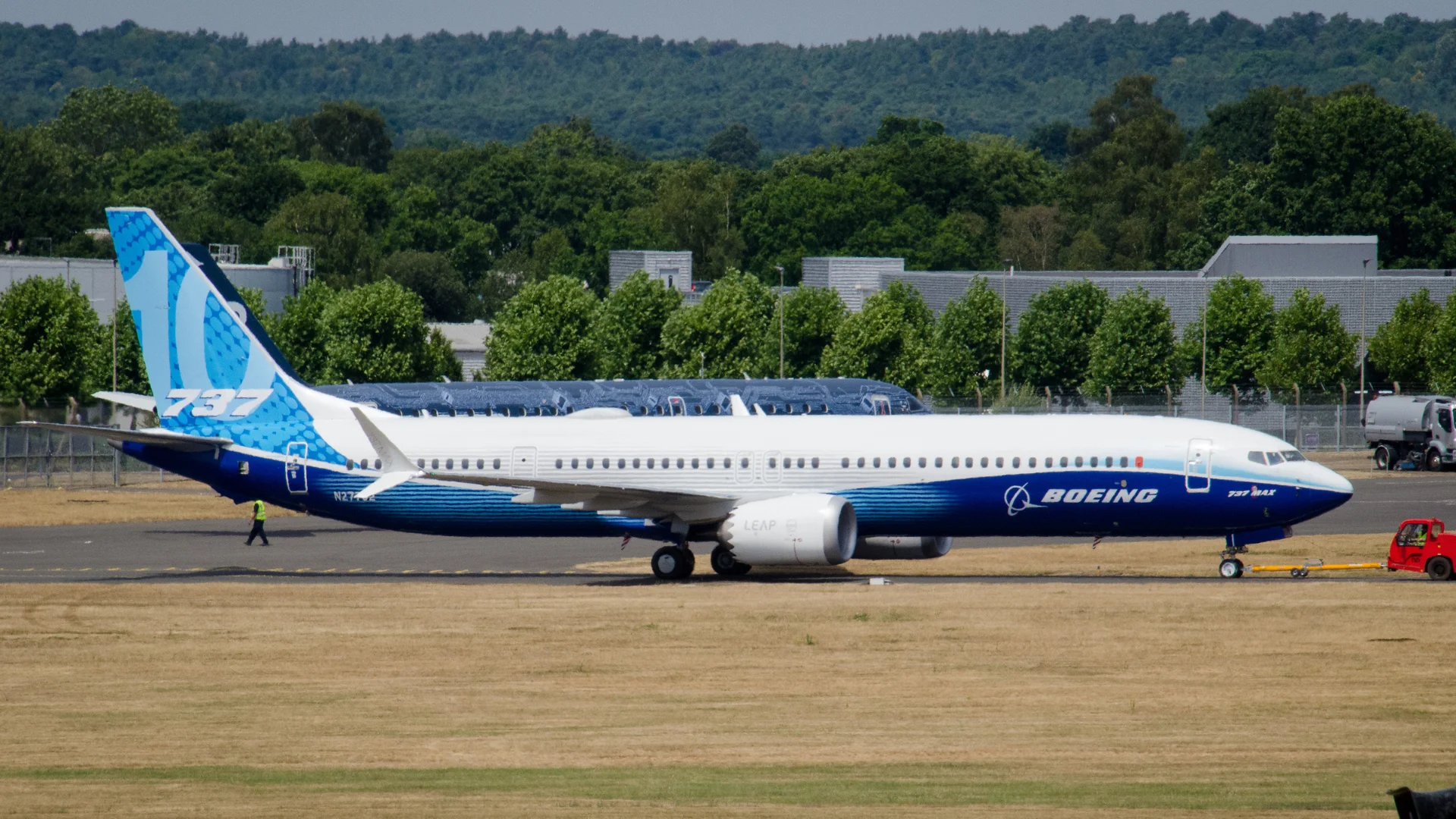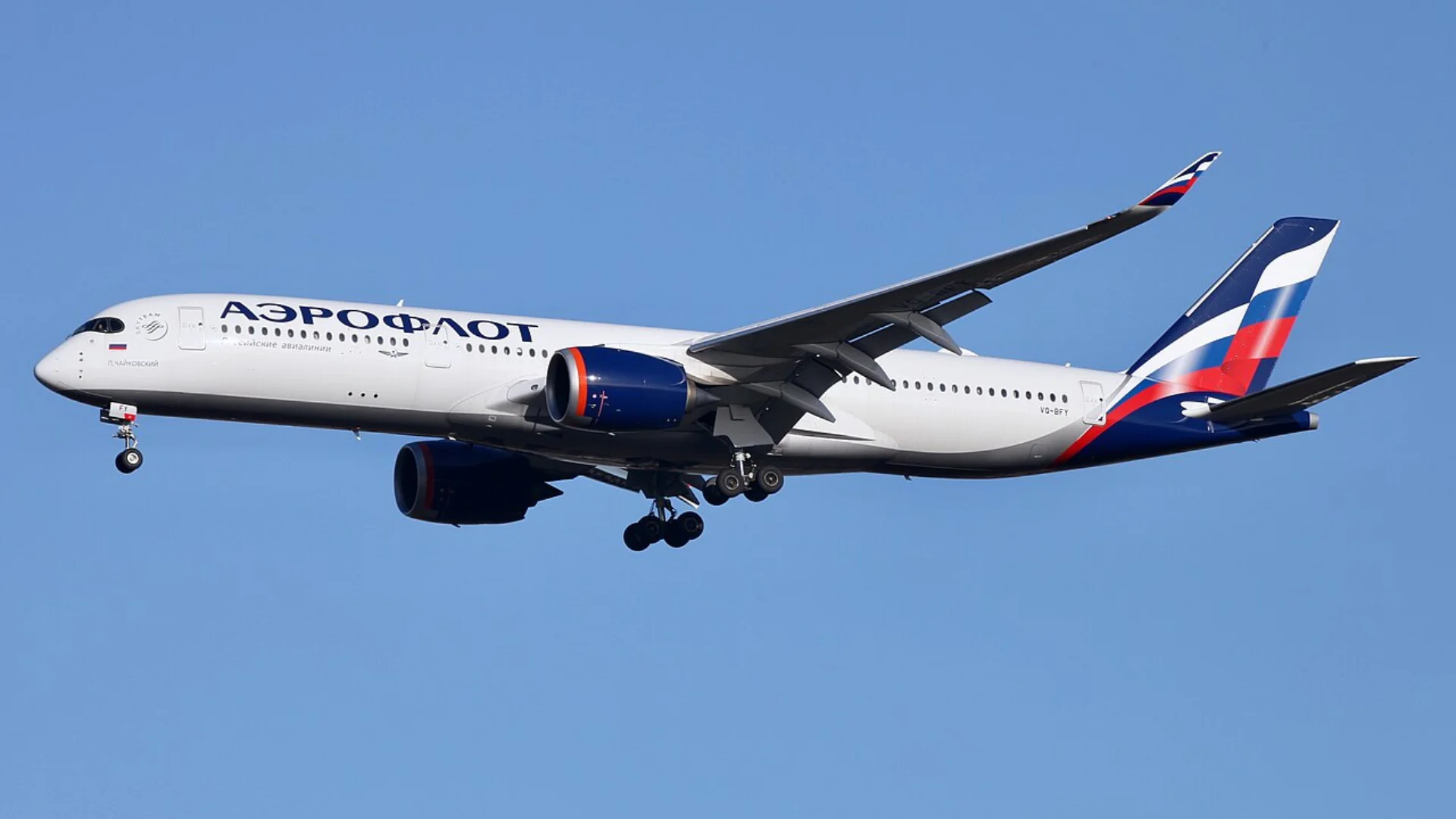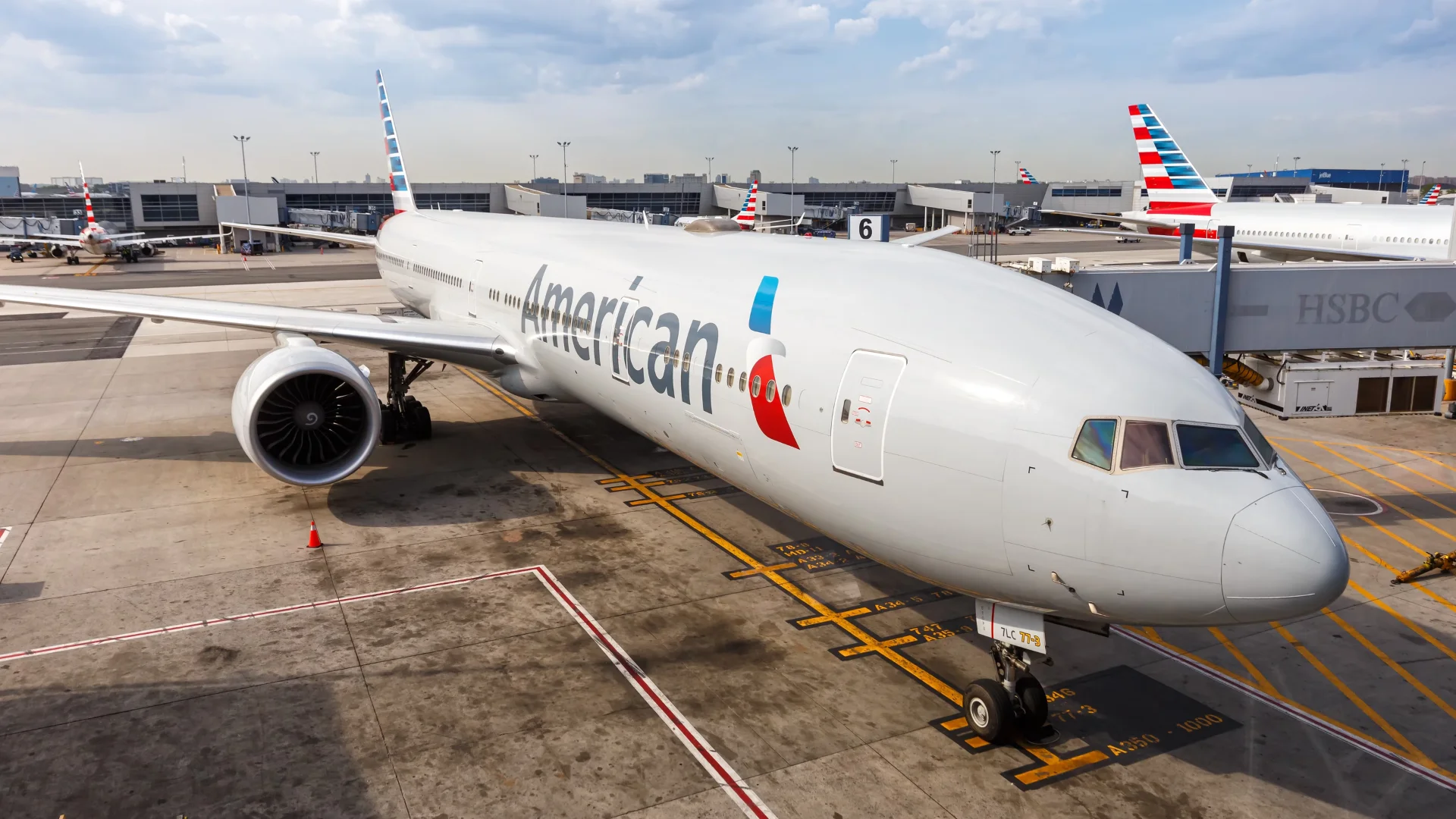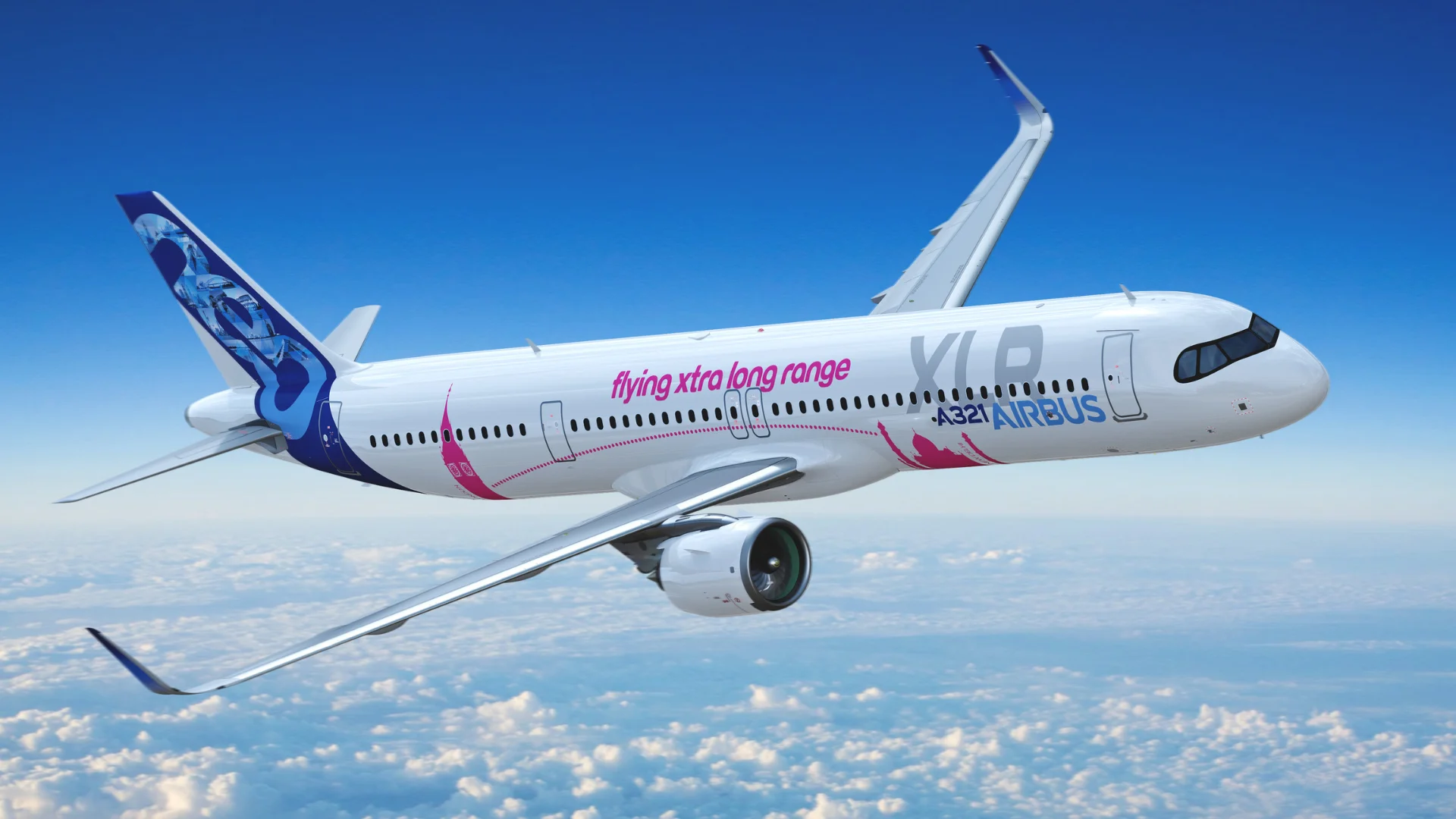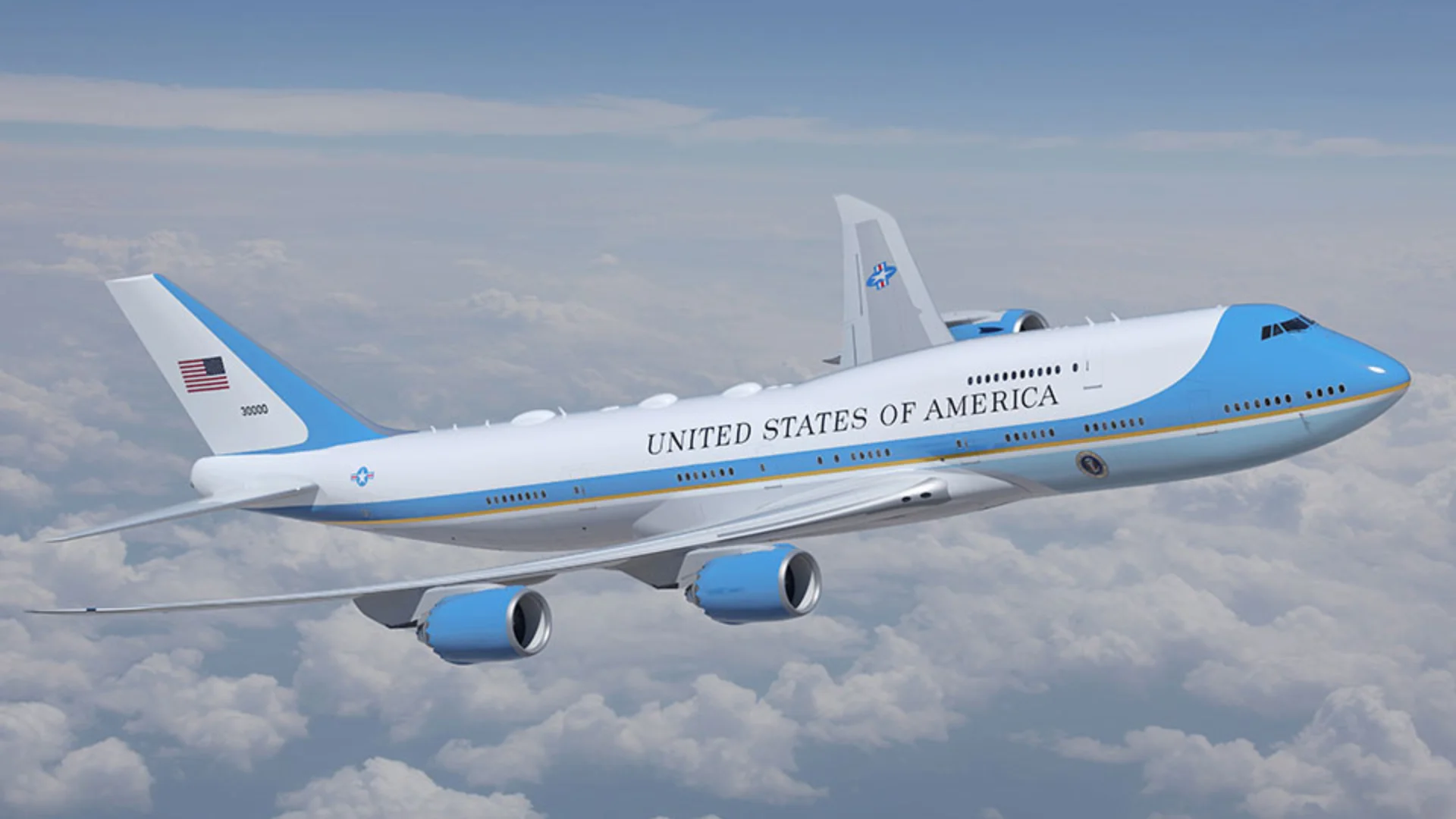The Airbus A350 and Boeing 787 are often compared due to their similarities, with the A350 being slightly larger. One significant difference is that the A350 requires a shorter runway for takeoff when adjusted for maximum takeoff weight. This characteristic is largely attributed to the aircraft's engine thrust, weight, and wing surface area.
The Airbus A350, powered by Rolls-Royce Trent XWB turbofans, entered service in 2015. It is available in two variants: the A350-900 and the stretched A350-1000. The A350-900 also has a special version for Singapore Airlines, extending its range from 8,500 to 9,700 nautical miles.
When comparing takeoff requirements, the A350 stands out for its short takeoff roll compared to the Boeing 787 Dreamliner. The Trent XWB engines come in two versions: the XWB-84 provides 84,000 lbf of thrust for the A350-900, while the XWB-97 supplies 97,000 lbf for the A350-1000.
 Alerts Sign-up
Alerts Sign-up


















